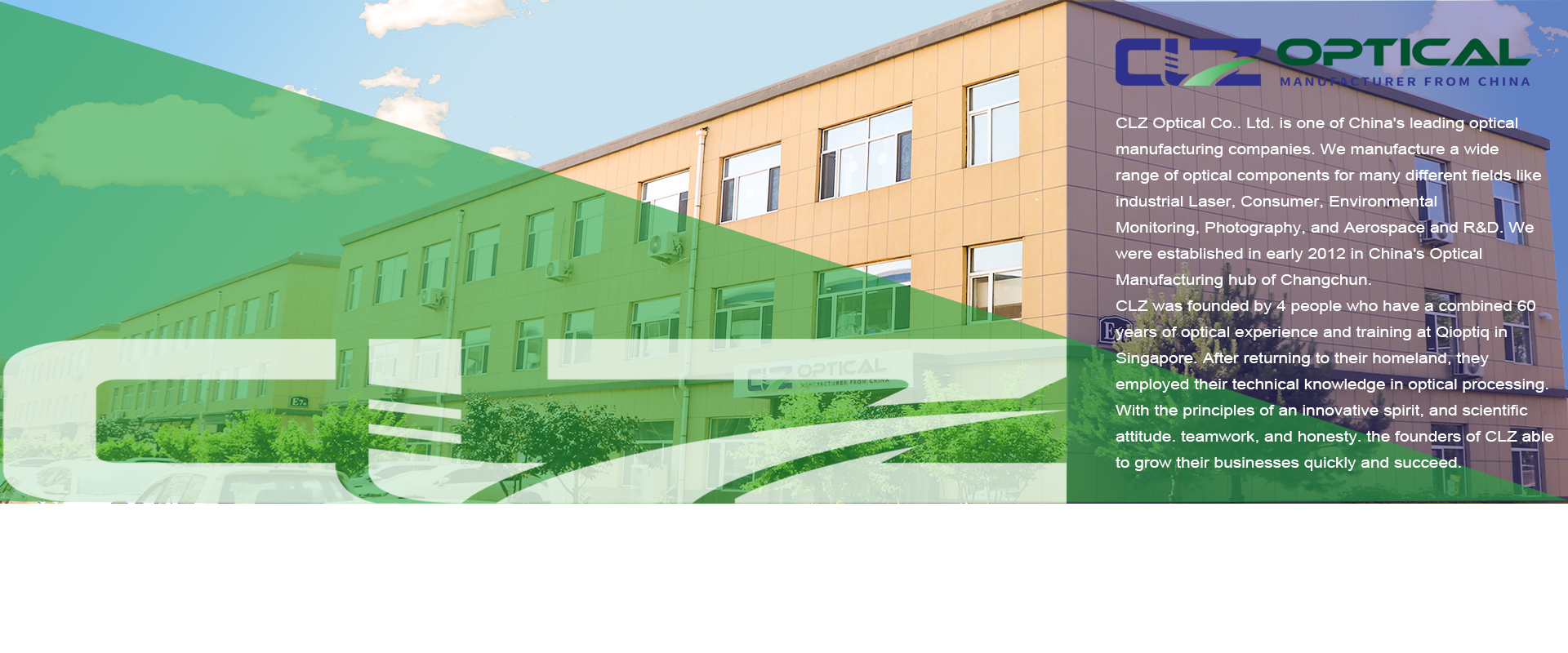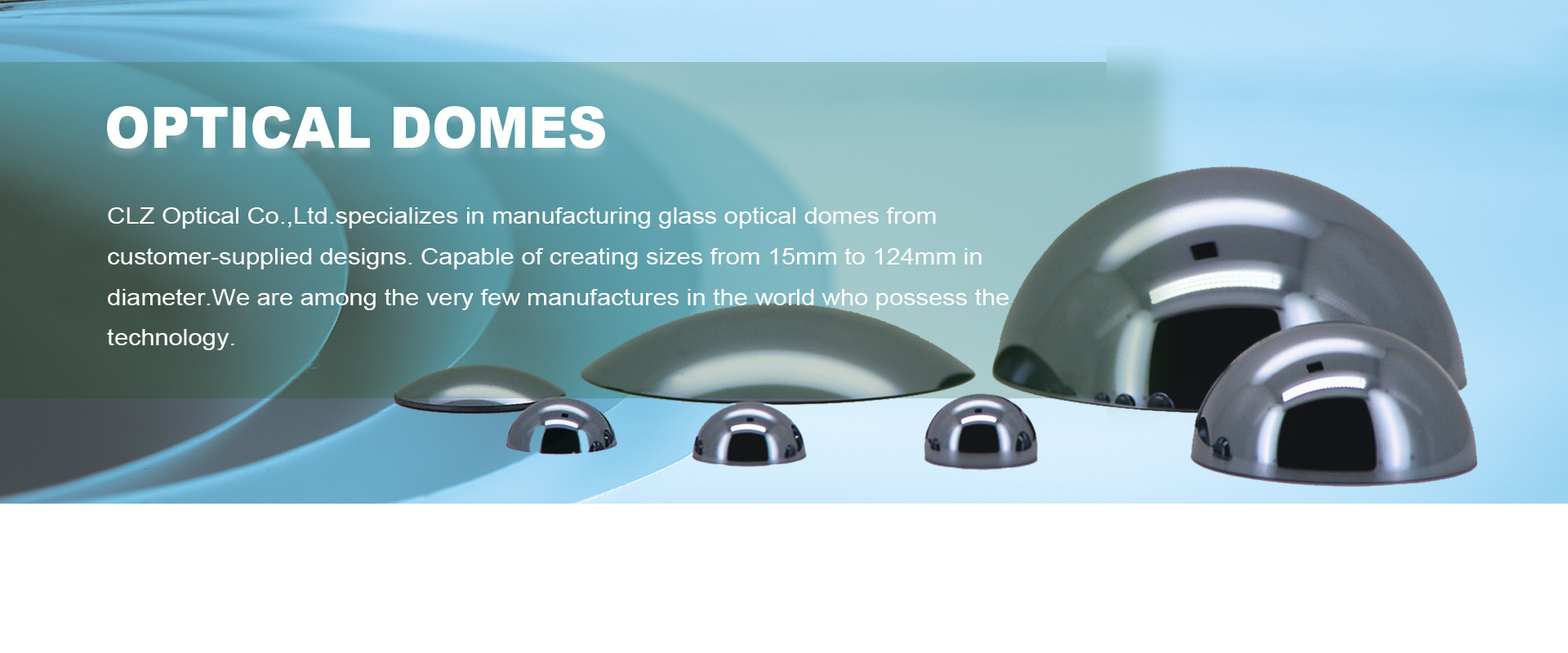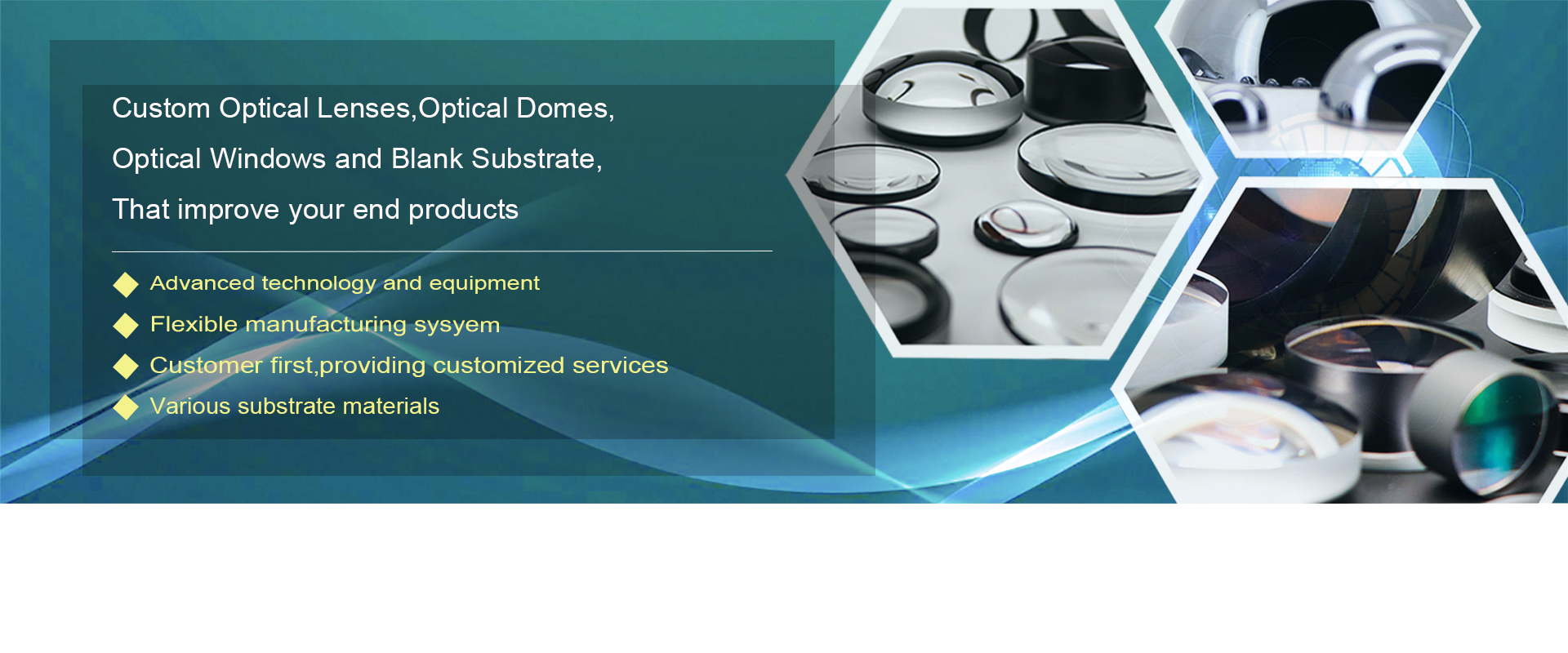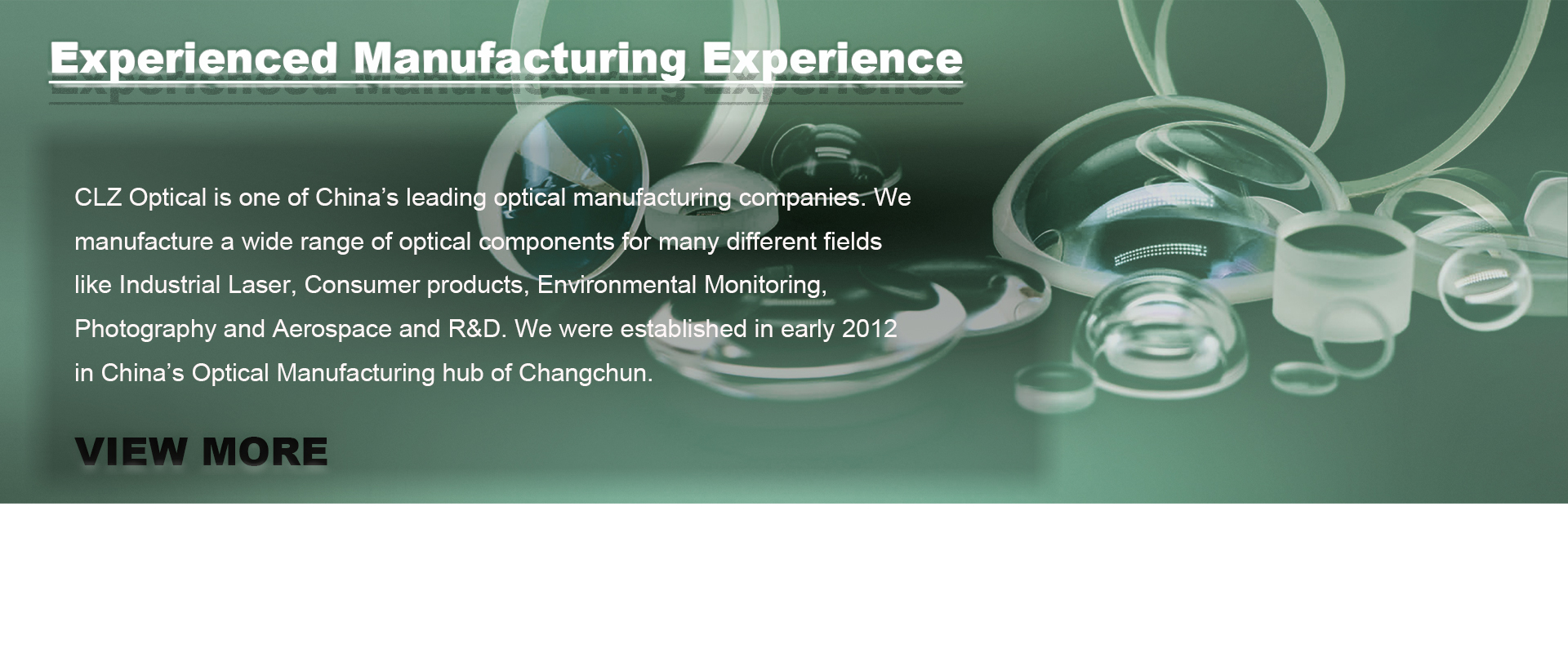How MgF₂ Coated Lenses Benefit Medical Imaging Devices
Oct. 11, 2025
In the rapidly evolving world of medical imaging technology, optical components play a decisive role in determining the clarity, accuracy, and reliability of diagnostic results. Among these components, lenses with magnesium fluoride (MgF₂) coatings have become a critical element in improving image quality and ensuring optical performance under demanding medical conditions. MgF₂ coatings are widely recognized for their excellent anti-reflective properties, durability, and broad wavelength compatibility — making them ideal for use in devices like endoscopes, microscopes, X-ray imaging systems, and optical diagnostic instruments.
In this article, we explore how MgF₂-coated lenses enhance medical imaging performance, why they are the preferred choice for healthcare device manufacturers, and how CLZ Optical Co., Ltd. delivers advanced coating solutions to meet the highest medical industry standards.
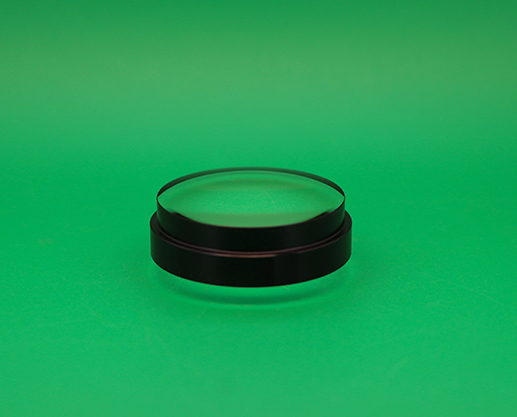
What Is MgF₂ Coating and Why It Matters in Medical Optics
Magnesium fluoride (MgF₂) is a highly stable dielectric material commonly used as an anti-reflective coating in optical systems. It offers excellent transmission from ultraviolet (UV) to infrared (IR) wavelengths (120 nm–8 μm range), making it suitable for multi-spectrum medical imaging applications.
When applied to lens surfaces, MgF₂ coatings minimize surface reflections, allowing more light to pass through the optical system. In medical imaging, this translates directly into clearer, higher-contrast images — which are essential for accurate diagnosis and patient safety.
Key characteristics of MgF₂ coatings:
Low refractive index (≈1.38) — effectively reduces reflection losses on glass surfaces.
Excellent hardness and adhesion — provides durable protection in intensive use environments.
Broadband performance — suitable for UV, visible, and IR imaging systems.
High environmental stability — resistant to humidity, temperature variation, and chemical cleaning.
How MgF₂-Coated Lenses Improve Medical Imaging Quality
a. Enhanced Light Transmission and Image Clarity
In uncoated lenses, about 4% of light is reflected at each air-glass interface, leading to light loss and ghost images. MgF₂-coated lenses reduce reflection to below 1.5%, significantly improving light transmission. This enables brighter and more detailed medical images, critical in systems such as endoscopic cameras and surgical microscopes.
b. Reduced Glare and Optical Artifacts
Medical imaging often involves complex illumination and reflective surfaces (e.g., tissue, bone, or surgical tools). MgF₂ coatings help suppress unwanted reflections and glare, allowing clinicians to see finer details with less optical noise — improving diagnostic precision during procedures.
c. Superior UV and Visible Light Transmission
In imaging systems that use UV or blue light (such as fluorescence imaging and ophthalmic diagnostics), MgF₂ coatings maintain excellent transmittance and stability. This ensures consistent imaging performance even after long-term use in sterilized or high-temperature environments.
d. Improved Device Durability and Maintenance
Medical environments require frequent sterilization using heat, alcohol, or chemical disinfectants. MgF₂ coatings are chemically inert and thermally stable, meaning they maintain their optical properties even under repeated cleaning cycles — extending lens life and reducing replacement frequency.
Applications of MgF₂-Coated Lenses in Medical Imaging
a. Endoscopic Imaging Systems
Endoscopes demand compact, high-clarity optics to capture clear visuals inside the human body. MgF₂ coatings reduce internal reflection and improve color fidelity, giving surgeons a more accurate real-time image.
b. Surgical Microscopes
High-magnification microscopes require maximum light transmission for precise visualization. MgF₂-coated optics help deliver clear contrast and fine detail, aiding surgeons in delicate operations such as neurosurgery and ophthalmic surgery.
c. Diagnostic Imaging Devices
In X-ray detectors, MRI-compatible optical sensors, and optical coherence tomography (OCT) systems, MgF₂-coated lenses ensure high transmission efficiency across multiple wavelengths, enabling faster image acquisition and better diagnostic accuracy.
d. Laboratory and Biochemical Instruments
In spectrophotometers and fluorescence analyzers, MgF₂ coatings help maintain consistent optical throughput, ensuring reproducible and reliable test results for medical research and diagnostics.
Advantages for Medical Equipment Manufacturers
a. Compliance with Medical Standards
Lenses with MgF₂ coatings are produced under strict quality and cleanliness standards, ensuring compliance with ISO and optical-grade medical regulations.
b. Customization and Integration
At CLZ Precision Optics, lenses can be customized for curvature, size, and coating thickness, ensuring seamless integration into different medical device designs.
c. Long-Term Cost Efficiency
Due to their durability and stable optical performance, MgF₂-coated lenses reduce maintenance costs and downtime — a key factor for hospitals and device manufacturers.
d. Reliability Under Sterile Conditions
MgF₂ coatings remain unaffected by UV sterilization or autoclaving processes, maintaining consistent transparency and reflection control.
The Future of Coating Technology in Medical Optics
The next generation of MgF₂ coatings is expected to integrate nanostructured and hybrid multilayer technologies, enabling even lower reflectance and enhanced scratch resistance. Innovations in plasma-assisted deposition and atomic layer coating (ALD) will further improve uniformity and adhesion, expanding the use of MgF₂ coatings to advanced imaging platforms like robotic surgery and digital pathology.
CLZ Precision Optics continues to invest in these emerging coating technologies, ensuring that our optical components meet the growing precision and reliability demands of global medical imaging manufacturers.
Conclusion
MgF₂-coated lenses are essential to the evolution of modern medical imaging. By improving light transmission, reducing glare, and withstanding harsh sterilization environments, these lenses play a crucial role in delivering accurate, clear, and reliable diagnostic images.
For medical device manufacturers seeking consistent optical quality and long-term reliability, CLZ Precision Optics provides custom MgF₂-coated lenses designed to meet the highest performance standards — ensuring your imaging systems deliver clarity that healthcare professionals can trust.












